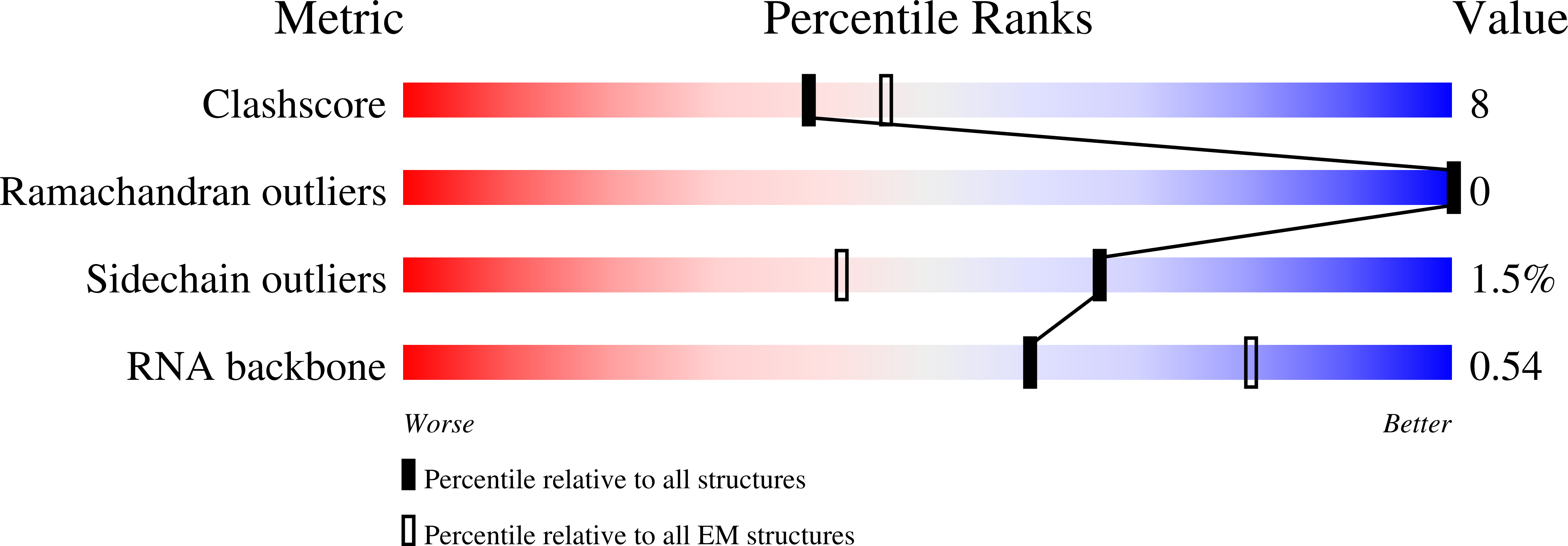
Deposition Date
2022-03-03
Release Date
2022-08-31
Last Version Date
2025-07-09
Entry Detail
Biological Source:
Source Organism:
Streptococcus pyogenes (Taxon ID: 1314)
synthetic construct (Taxon ID: 32630)
synthetic construct (Taxon ID: 32630)
Host Organism:
Method Details:
Experimental Method:
Resolution:
3.87 Å
Aggregation State:
PARTICLE
Reconstruction Method:
SINGLE PARTICLE


